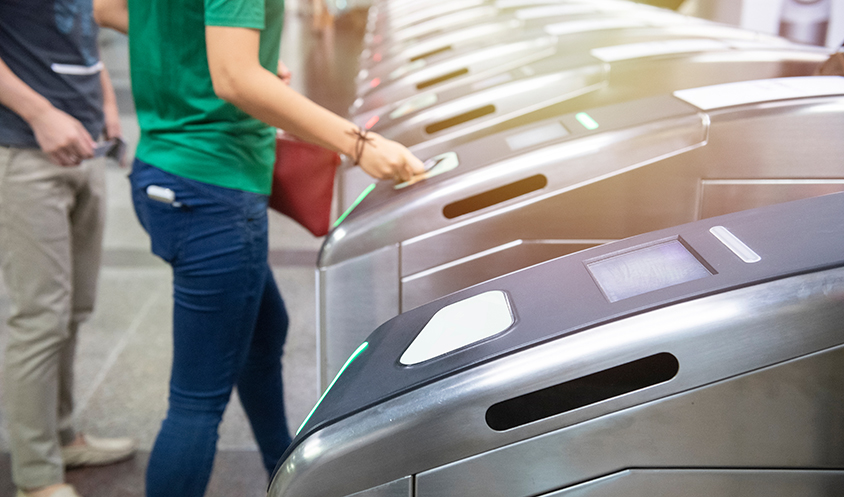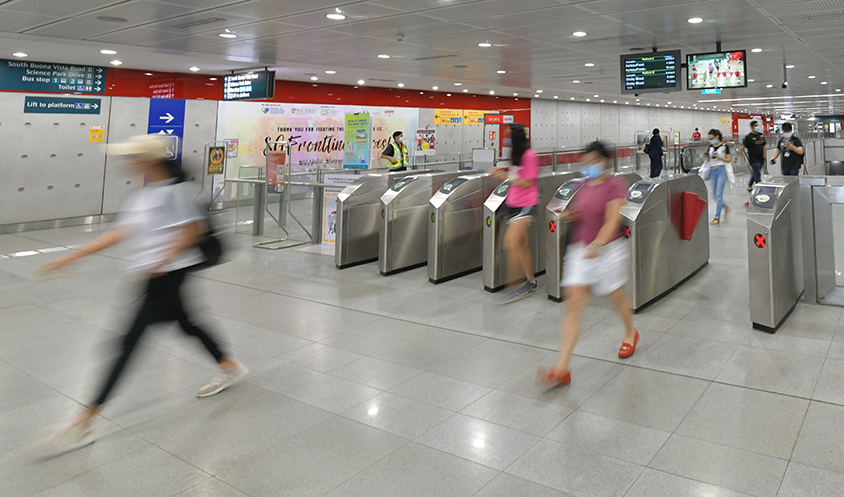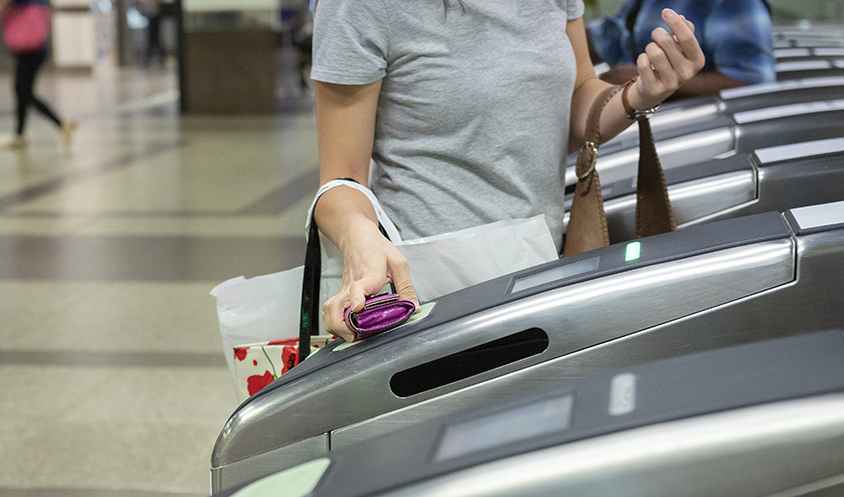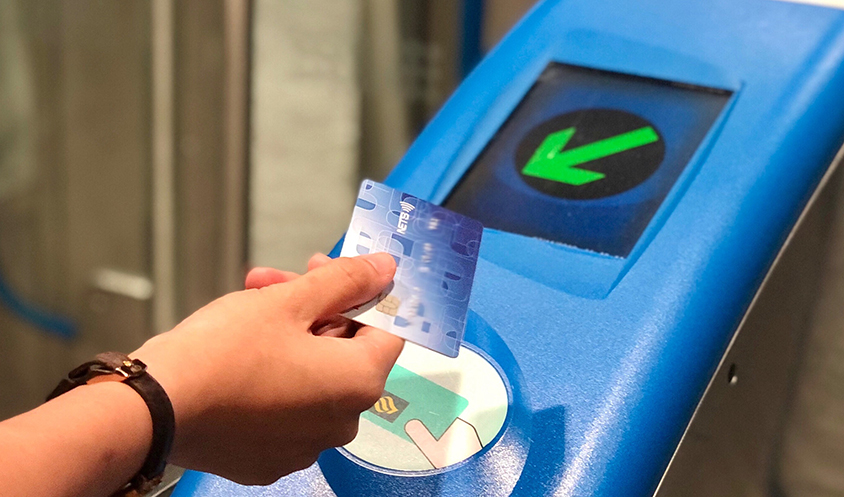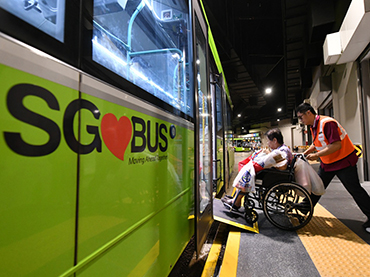In our system, rail operators collect fares directly from commuters*, while bus operators receive service fees from the Government.
Our rail operators are not making big profits. In recent years, there have been years where they are operating at a loss. In the most recent financial year, their total profit is less than 1% of the total fares collected. And this is after considering
Government grants provided to support the operators’ efforts to improve rail reliability.
Meanwhile, like other businesses, rail operators have faced rising labour, energy and maintenance costs. Our rail network is also expanding to serve more passengers. Without regular fare adjustments to match these rising costs, operators will
struggle to keep services running smoothly and pay competitive wages to public transport workers, much less make a profit.
Even with fare adjustments, commuters can be assured that rail operators will not make big profits, as their total profit is effectively capped at 5% of their revenue as part of their rail license. Additional profits, if any, will be channelled
back towards renewing rail systems.
*with the exception of the Thomson-East Coast Line, which currently operates on a service-fee model.
When public transport fares increase, commuters receive support in different ways:
1. Concession schemes. These cover about half of all commuters (2 million commuters) and help families to manage the cost of public transport.
- Discounts are up to 70% off adult fares, and apply to seniors, students, lower-wage workers, and persons with disabilities. Children below 7 years old travel for free when accompanied by a fare-paying commuter.
- Commuters who travel more frequently and on longer journeys, can get monthly travel passes to cap the cost of public transport. In 2025, we reduced the pass prices for adults, senior citizens, lower-wage workers, and persons with disabilities,
so that more commuters can benefit.
2. Public Transport Vouchers (PTV). For lower-income households, the government provides PTVs when fares are increased. These vouchers are sized to subsidise a substantial portion of their increase in spending due to
the fare increase for that year. In 2024, we expanded the eligibility criteria so that 60,000 more households could benefit from PTVs and increased the voucher amount from $50 to $60. In 2025, the Government will continue providing $60
vouchers to eligible households.
